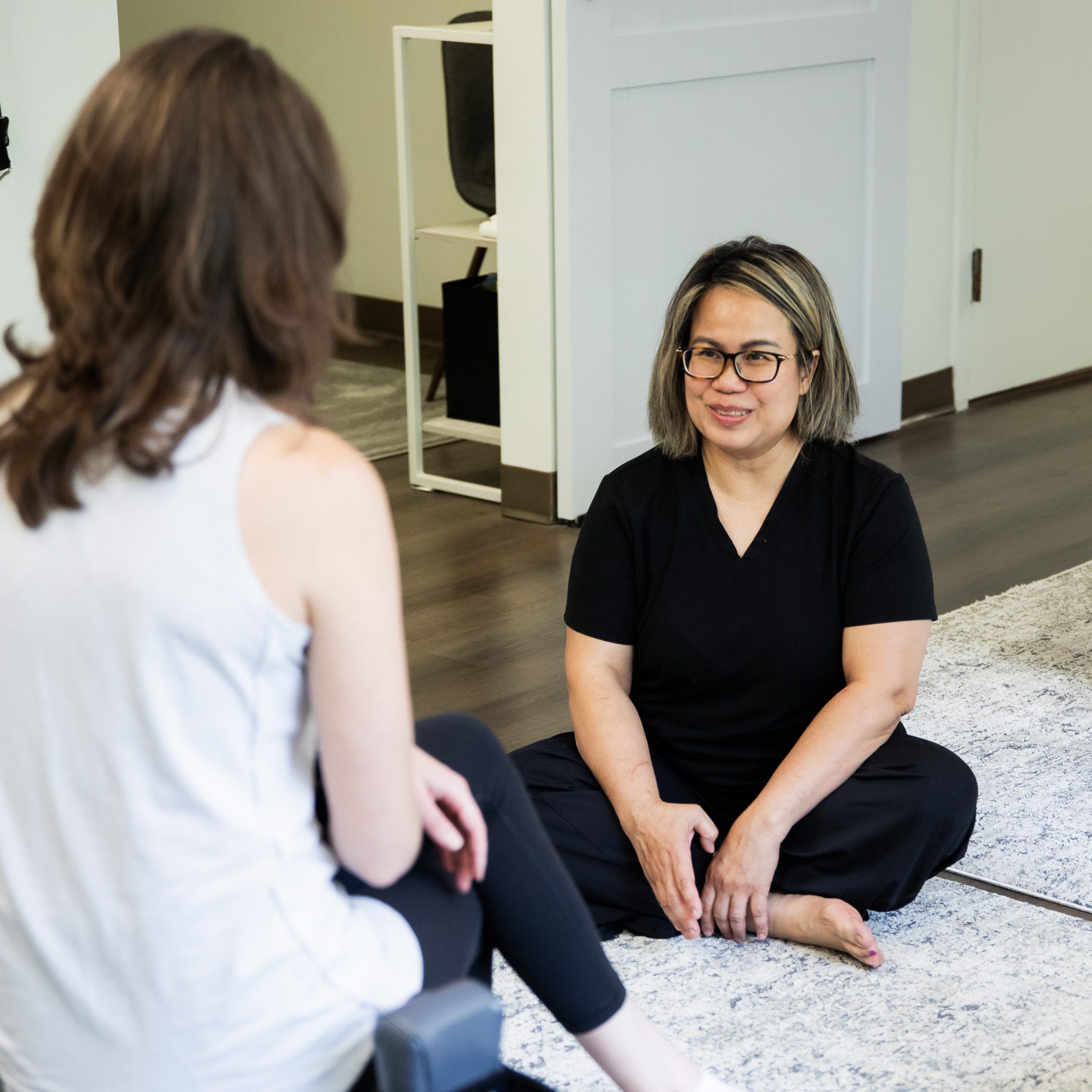Understanding POTS
POTS is a disorder of the autonomic nervous system that causes an abnormal increase in heart rate when standing up. This results in dizziness, lightheadedness, fainting, fatigue, and other symptoms that can significantly affect your quality of life. POTS can occur in isolation or alongside other conditions like Ehlers-Danlos Syndrome (EDS), Chronic Fatigue Syndrome (CFS), or autoimmune disorders.
At Set Physical Therapy, we understand the complex nature of POTS and are committed to providing the specialized care you need. We take a comprehensive, multi-faceted approach to treatment, which focuses on improving your cardiovascular health, building strength, and stabilizing your autonomic nervous system.

Our Approach to POTS Treatment
We treat POTS with an individualized, hands-on approach that addresses the root causes of your symptoms. Our goal is to help you regain strength, improve circulation, and learn effective management techniques so you can return to a more active lifestyle. Here's how we approach POTS at Set Physical Therapy:
Comprehensive Evaluation and Testing
The Set Journey begins with a detailed evaluation of your cardiovascular function, muscle strength, joint mobility, and movement patterns. This thorough assessment helps us understand your baseline and create a customized treatment plan that targets your specific symptoms.
Progressive Cardiovascular Exercise
One of the primary treatments for POTS is improving cardiovascular health. We use gradual, low-intensity exercises to help enhance your circulation and reduce dizziness. As you progress, we increase the intensity to build endurance and stamina.
Strengthening Exercises
Strengthening your muscles, particularly in the legs and core, helps improve blood circulation and supports the cardiovascular system. We focus on strengthening the muscles that help you maintain upright posture, reducing the strain on your heart and preventing lightheadedness.
Autonomic Nervous System Regulation
Through breathing exercises, postural education, and relaxation techniques, we help stabilize the autonomic nervous system. This can reduce symptoms like heart rate irregularities, dizziness, and fatigue. We also work on neuroplasticity through exercises that help retrain your nervous system.
Pacing and Energy Conservation
Learning to pace your activities is crucial in managing POTS. We teach you strategies for balancing activity and rest to avoid overexertion, which can trigger symptoms. We provide energy conservation tips to ensure you maintain long-term stamina and prevent fatigue.
Commonly Asked Questions
Your first appointment will include a thorough assessment of your cardiovascular function, strength, and movement patterns. We'll also review your medical history and current symptoms to develop a personalized treatment plan.
Most patients start to notice improvements within a few weeks of starting treatment, particularly in reducing dizziness and improving energy levels. Full recovery can take several months, and it is important to stay consistent with your prescribed exercises and pacing strategies.
Yes, physical therapy can help improve circulation and strength, both of which are key in managing dizziness and fatigue. Through progressive exercise, strength training, and autonomic regulation, we address the root causes of these symptoms.
